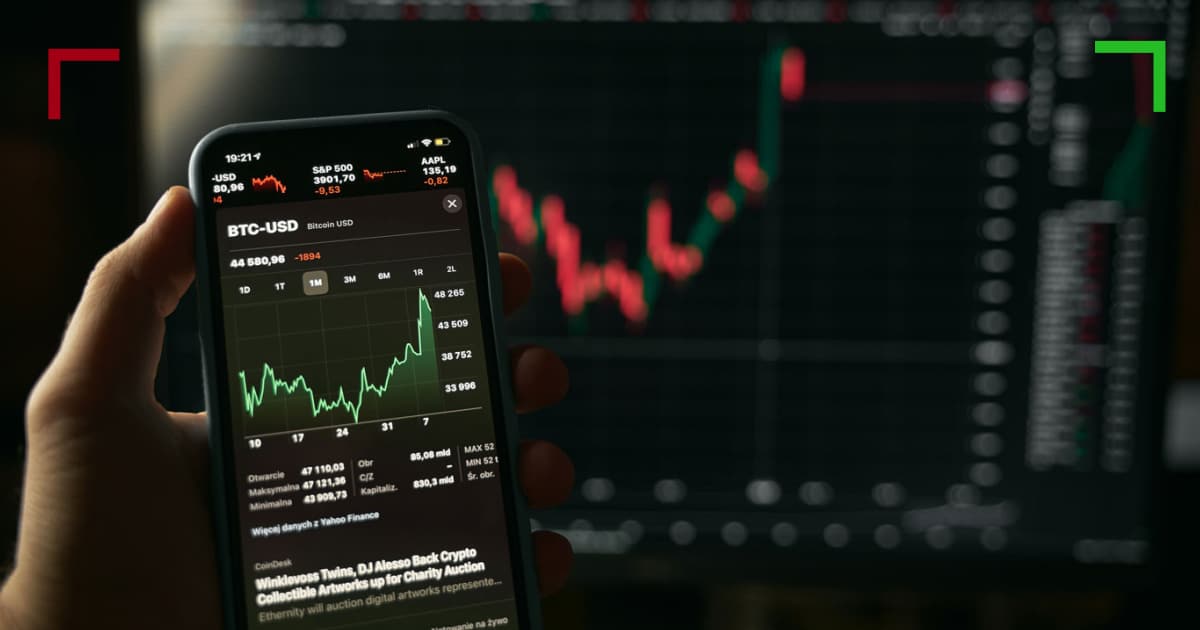
Mastering Crypto Trading Charts: A Comprehensive Guide
In the world of cryptocurrency trading, charts are a trader’s best friend. Analyzing crypto trading charts is essential for making informed decisions and maximizing profits in this volatile market. Whether you’re a beginner or an experienced trader, understanding the various types of charts and how to interpret them can significantly impact your trading strategies. To dive deeper into the art of trading, Crypto Trading Charts visit website where you can find additional resources.
Understanding Crypto Trading Charts
Crypto trading charts visually represent price movements of cryptocurrencies over different time frames. These charts help traders analyze trends, spot patterns, and make informed predictions about future price movements. There are several types of charts used in crypto trading, including line charts, bar charts, and candlestick charts. Each type has its advantages and is suited for different trading styles.
1. Line Charts
Line charts are the simplest type of trading chart, showing a continuous line that connects closing prices over a specified period. Line charts are beneficial for getting a quick overview of price movements and trends. They can help traders identify support and resistance levels, as well as overall market sentiment.
2. Bar Charts
Bar charts provide more information than line charts. Each bar represents the price range for a specific time period, including the open, high, low, and close prices. This additional data is crucial for traders who want to analyze market volatility and identify potential reversals. Bar charts help traders visualize market sentiment, as well as give insights into buying and selling pressure.
3. Candlestick Charts
Candlestick charts are the most popular type of trading chart among crypto traders. Each candlestick represents price movements over a specific period and provides information about the open, high, low, and close prices. The body of the candlestick shows the range between the open and close prices, while the wicks (or shadows) indicate the highest and lowest prices during that period. Candlestick patterns can signal market sentiment, reversals, and continuation patterns, making them essential for technical analysis.
Key Components of Crypto Trading Charts
Understanding the key components of crypto trading charts is crucial for effective analysis. Here are some essential elements to consider:

1. Time Frames
Time frames indicate the period each trading candlestick or bar represents. Common time frames include 1-minute, 5-minute, 1-hour, daily, and weekly charts. Shorter time frames are generally used by day traders seeking quick profits, while longer time frames are favored by swing traders and position traders who hold their positions for days or weeks.
2. Volume
Trading volume represents the total number of assets traded within a certain period. High trading volume indicates strong interest and can validate price movements, while low volume can suggest a lack of conviction in the trend. Volume is often represented as a bar graph below the main price chart.
3. Indicators and Overlays
Many traders use technical indicators and overlays to enhance their analysis of crypto trading charts. Indicators such as moving averages, Relative Strength Index (RSI), and Bollinger Bands can provide additional insights into market trends and potential entry or exit points. Overlays, such as trend lines and Fibonacci retracement levels, help identify key price levels and potential price reversals.
Strategies for Trading with Crypto Trading Charts
Now that you have a better understanding of crypto trading charts, it’s important to implement effective strategies to enhance your trading performance. Below are some popular strategies employed by successful traders.
1. Trend Following
Trend following strategies are based on the concept of “the trend is your friend.” Traders identify the prevailing trend (upward, downward, or sideways) and make trades in the direction of that trend. Using moving averages can help traders identify trends and decide when to enter or exit positions.
2. Support and Resistance Levels

Support and resistance levels are critical for understanding price action. Support represents a price level where buying interest is strong enough to prevent the price from falling further, while resistance is where selling pressure is significant enough to prevent further price increases. Traders often look for breakouts above resistance or breakdowns below support to execute trades.
3. Fibonacci Retracement
The Fibonacci retracement tool is used to identify potential reversal levels based on the Fibonacci sequence. Traders use this tool to determine key support and resistance zones during price retracements. It can help traders set up entry and exit points and manage risk effectively.
Challenges of Trading with Crypto Trading Charts
While understanding and using crypto trading charts is fundamental for successful trading, there are inherent challenges in this field. This includes market volatility, emotional trading, and the risk of relying too heavily on technical analysis without considering fundamental factors.
1. Market Volatility
The cryptocurrency market is known for its extreme volatility, which can lead to rapid price movements within a short time frame. This volatility can create both opportunities and risks, making it essential for traders to adjust their strategies accordingly.
2. Emotional Trading
Traders often fall victim to emotional trading, making impulsive decisions based on fear or greed. To combat this, traders should develop a concrete trading plan and stick to it, avoiding emotional reactions to sudden market movements.
3. Overreliance on Technical Analysis
While charting and technical analysis are crucial, relying solely on technical indicators may not provide a complete picture of the market. Traders should be aware of fundamental factors, news events, and market sentiment that can affect price movements significantly.
Conclusion
Mastering crypto trading charts is an essential skill for any trader looking to succeed in the cryptocurrency market. By understanding the different types of charts, key components, and trading strategies, traders can enhance their decision-making and increase their chances of success. While challenges exist in trading, developing a solid trading plan and staying informed about market trends can help navigate the complexities of trading in the crypto space. Start exploring crypto trading charts today and witness how they transform your trading experience!